- Thyroid Care
- Armodafinil
- HIV Medicines
- Weight Loss
- Naltrexone
- Anti Emetic
- Neuropathic Pain
- Mens Health
- Hair Loss
- Pain Relief
- HCG Injections
- Quit Smoking
- Pharmaceutical Vaccine
- Best Selling Products
- Anti Viral
- Antibiotics
- Bimatoprost
- Women's Health
- Cetaphil
- Diabetes
- Botulinum
- Human Albumin
- Anti Malarial
- Chemical Peels
- Dermal fillers
- Nephrology Segment
- Kidney / Liver Care
- Altus Product's
- Anti Cancer
- Pharmaceutical Products
- Anti Fungal
- Hepatitis
- Beauty & Skin Care
- Asthma
- Modafinil
- Urology Segment
- Anti-Cancer
- Armodafinil
- Bimatoprost
- Botulinum
- Dermal Fillers
- Hepatitis
- Mens-health
- Modafinil
- Naltrexone
- ANTI EMETIC
- Altus Product’s
- Anti Fungal
- Anti Malarial
- Anti Viral
- Antibiotics
- Asthma
- Beauty & Skin Care
- Cetaphil
- Chemical Peels
- Diabetes
- Hair Loss
- HCG Injections
- HIV Medicines
- Human Albumin
- Kidney / Liver Care
- Neuropathic Pain
- Pain Relief
- Pharmaceutical Products
- Pharmaceutical Vaccine
- Quit Smoking
- Thyroid Care
- Weight Loss
- Women’s Health
- Thyroid Care
- Armodafinil
- HIV Medicines
- Weight Loss
- Naltrexone
- Anti Emetic
- Neuropathic Pain
- Mens Health
- Hair Loss
- Pain Relief
- HCG Injections
- Quit Smoking
- Pharmaceutical Vaccine
- Best Selling Products
- Anti Viral
- Antibiotics
- Bimatoprost
- Women's Health
- Cetaphil
- Diabetes
- Botulinum
- Human Albumin
- Anti Malarial
- Chemical Peels
- Dermal fillers
- Nephrology Segment
- Kidney / Liver Care
- Altus Product's
- Anti Cancer
- Pharmaceutical Products
- Anti Fungal
- Hepatitis
- Beauty & Skin Care
- Asthma
- Modafinil
- Urology Segment
No products in the cart.
Return To Shop$36.15 – $68.59Price range: $36.15 through $68.59
Amaryl 2mg Tablet (Glimepiride 2mg)
Amaryl 2mg Tablet belongs to a group of medicines called sulfonylureas and is used to treat type 2 diabetes mellitus in adults. It helps control blood sugar levels in people with diabetes thereby preventing serious complications of diabetes such as kidney damage and blindness.
Have questions?
Call : +91 9002 1002 33
Buy Amaryl 2mg Tablet (Glimepiride 2mg)
| COUNTRY OF ORIGIN | India |
|---|---|
| DOSAGE FORM | Tablets |
| EQUIVALENT BRAND | Amaryl |
| GENERIC NAME | Glimepiride |
| INDICATION | Type 2 diabetes |
| MANUFACTURER | Sanofi India Ltd |
| PACKAGING | 30 tablets in 1 strip |
| COMPOSITION | Glimepiride (2mg) |
| PACK SIZE | 60 Tablet/s, 90 Tablet/s, 120 Tablet/s, 150 Tablet/s |
PRODUCT INTRODUCTION
Amaryl 2mg Tablet belongs to a group of medicines called sulfonylureas and is used to treat type 2 diabetes mellitus in adults. It helps control blood sugar levels in people with diabetes thereby preventing serious complications of diabetes such as kidney damage and blindness.
Amaryl 2mg Tablet may be used alone or along with other medicines. It should be taken just before or with the first meal of the day. Take it regularly at the same time each day to get the maximum benefit. Your doctor will decide what dose is best for you and this may change from time to time according to your blood sugar levels.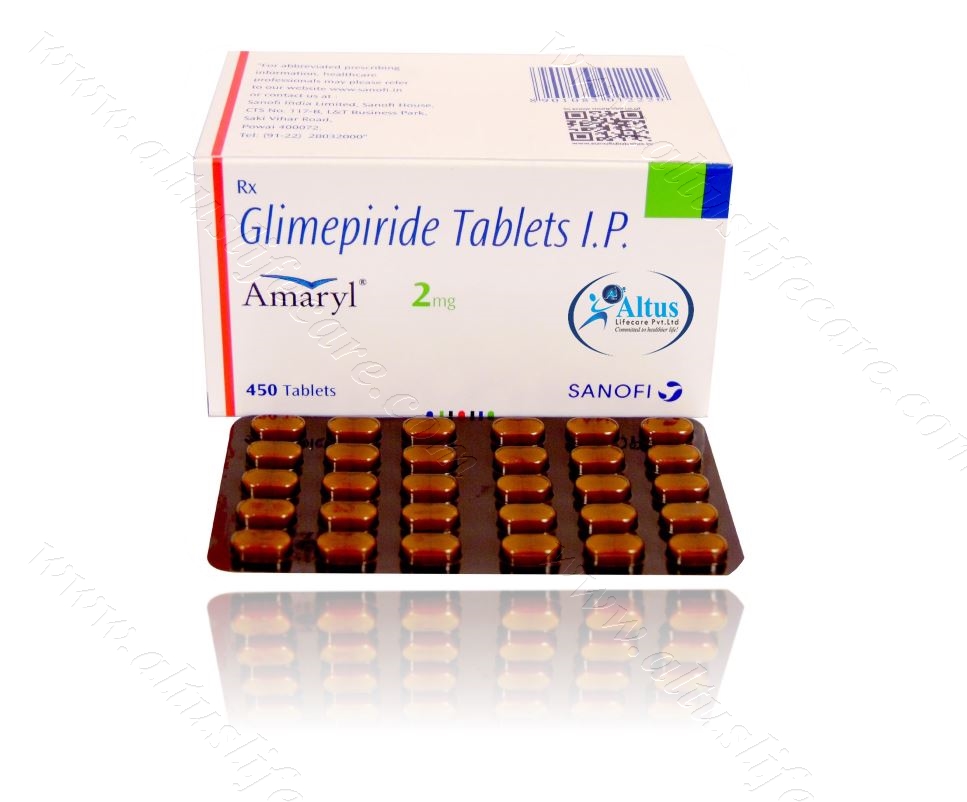
Keep taking this medicine, even if you feel well or your blood sugar levels are controlled. If you stop it without consulting your doctor, your blood sugar levels could rise to put you at risk of diabetes complications such as kidney damage, blindness, nerve problems, and loss of limbs. Remember that it is only part of a treatment program that should also include a healthy diet, regular exercise, and weight reduction as advised by your doctor. Your lifestyle plays a big part in controlling diabetes.
The most common side effects of taking this medicine include low blood sugar levels (hypoglycemia), nausea, headache, and dizziness. Make sure you recognize the signs of having low blood sugar levels, such as sweating, dizziness, headache, and shaking, and know how to deal with them.
To prevent this, it is important to have regular meals and always carry a fast-acting source of glucose such as sugary food or fruit juice with you. Drinking alcohol can also increase your risk of low blood sugar levels and hence should be avoided. Some people may experience an increase in weight with this medicine.
You should not take it if you have type 1 diabetes mellitus, diabetic ketoacidosis (high levels of acid in your blood), or if you have severe kidney or liver disease. Before taking this medicine, tell your doctor if you have ever had heart disease, thyroid disease, or some hormonal conditions, as it may not be suitable.
Pregnant or breastfeeding women should also consult their doctor before taking it. Your blood sugar levels should be checked regularly and your doctor may also advise blood tests to monitor your blood cell counts and liver function.
Revolutionizing Care: Harnessing the Potential of Glimepiride Metformin
Witness the revolutionary changes in diabetes care brought about by harnessing the full potential of Glimepiride and Metformin in providing effective and personalized treatment.
“The Role of Glimepiride in Type 2 Diabetes Management”
Understanding the specific role that Glimepiride plays in the context of type 2 diabetes is paramount. This section explores its place in the treatment algorithm, considering its strengths and potential limitations. By recognizing its unique contributions, healthcare professionals can tailor diabetes management plans to individual patient needs.
“Exploring Glimepiride’s Impact on Blood Sugar Levels”
This section delves into how Glimepiride influences blood sugar levels, shedding light on its glucose-lowering effects. By understanding the impact on glycemic control, healthcare professionals can guide patients in managing their diabetes effectively with Glimepiride.
The Role of Physical Activity in Treatment of Type 2 Diabetes Mellitus
This section emphasizes the integral role of physical activity in the management of Type 2 Diabetes Mellitus. From its impact on glucose metabolism to overall health benefits, the discussion aims to underscore the importance of incorporating regular exercise into the comprehensive treatment approach.
Signs and Symptoms of Type 2 Diabetes Mellitus: Warning Signs for Health Awareness
Highlight the specific warning signs that individuals should be aware of for promoting health consciousness. Emphasize the role of recognizing these signs in fostering a proactive approach to well-being.
“Meds for Diabetes Mellitus Type 2: Embracing a Holistic Approach”
Embrace a holistic approach to diabetes management through medications. This guide delves into how medications can be integrated with lifestyle changes, dietary modifications, and mental well-being practices, fostering a comprehensive and holistic approach to health.
Signs and Symptoms of Type 2 Diabetes Mellitus: Early Clues to Diabetes Presence
Examine the early clues that may signify the presence of Type 2 Diabetes Mellitus. Understand how these initial hints can be crucial in preventing the progression of the condition.
Medications for Diabetes Mellitus Type 2: Strategies for Long-Term Control
Long-term control of type 2 diabetes is a shared goal, and medications are key players in achieving this objective. This blog post will discuss various strategies that involve medications to ensure sustained and effective blood sugar management.
Medications for Diabetes Mellitus Type 2: Individualized Treatment Paths
Recognizing the individuality of each person’s diabetes journey, this blog will explore how medications can be tailored to create personalized treatment paths. Uncover the benefits of customized approaches for better outcomes in type 2 diabetes management.
Elevating Wellness: Drug for Diabetes Mellitus Type 2
Exploring how the drug goes beyond traditional treatment approaches to elevate the overall wellness of individuals with Diabetes Mellitus Type 2, considering both physical and mental well-being.
DM Type 2 Medications: Dosing for Health and Medication Insight
Gain valuable insights into medication dosing for optimal health in Type 2 Diabetes management, understanding the nuances of dosage adjustments and their impact on health outcomes.
Diabetes Mellitus Medications: Rx for Wellness in Diabetes Care
This guide explores the prescription (Rx) for achieving wellness in diabetes care. Learn how medications, combined with a holistic approach, contribute to a comprehensive strategy for managing diabetes and promoting overall well-being.
USES OF AMARYL TABLET
- Treatment of Type 2 diabetes mellitus
BENEFITS OF AMARYL TABLET
In Treatment of Type 2 diabetes mellitus
Amaryl 2mg Tablet increases the amount of insulin your body produces (in the pancreas). The insulin then works to lower your blood glucose level. It is usually taken once a day. You should keep taking it for as long as it is prescribed.
Lowering blood glucose levels is an essential part of managing diabetes. If you can control the level you will reduce the risk of getting any of the serious complications of diabetes such as kidney damage, eye damage, nerve problems, and loss of limbs. Taking this medicine regularly along with proper diet and exercise will help you live a normal, healthy life.
SIDE EFFECTS OF AMARYL TABLET
Common side effects of Amaryl
- Hypoglycemia (low blood glucose level)
- Headache
- Nausea
- Dizziness
HOW TO USE AMARYL TABLET
HOW AMARYL TABLET WORKS
SAFETY ADVICE

Alcohol

Pregnancy

Breast feeding
Monitoring of the breastfed infant’s blood glucose is advisable during maternal therapy with Amaryl-2mg Tablet

Driving

Kidney
Use of Amaryl-2mg Tablet is not recommended in patients with severe kidney disease. These patients can experience very low blood sugar levels which may become normal after a long time.

Liver
However, the use of Amaryl-2mg Tablet is not recommended in patients with severe liver disease. These patients can experience very low blood sugar levels which may become normal after a long time.
WHAT IF YOU FORGET TO TAKE AMARYL TABLET?
| Pack Size | 60 Tablet/s, 90 Tablet/s, 120 Tablet/s, 150 Tablet/s |
|---|
3 reviews for Amaryl 2mg Tablet (Glimepiride 2mg)
Related products
Hepcvel Tablet | Sofosbuvir 400mg | Velpatasvir 100mg
From: $205.13Viroclear 400mg Tablet | Sofosbuvir 400mg
From: $256.41Citafine 1400mg Injection (Gemcitabine)
From: $110.39Sofab LP Tablet | Ledipasvir | Sofosbuvir
From: $256.41Daunotec 20mg Injection | Daunorubicin
From: $54.55Ledviclear Tablets | Ledipasvir | Sofosbuvir
From: $243.59Sofocruz LP Tablet | Ledipasvir | Sofosbuvir 400mg
From: $192.31People also bought
-

Benoquin 40 Cream | Monobenzone 40%
From: $154.77 -
 From: $38.38
From: $38.38 -
 From: $40.05
From: $40.05 -

Aziderm 10% Cream 15gm | Azelaic Acid 10%
From: $39.26
Our Services
Shipping
Shipping at Discounted Price
Money Returns
Return Within 30 Days
Secure Payment
Safe & Secure Payment
Support 24/7
Contact 24 Hours Day
From: $34.87
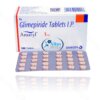

From: $35.90
- Anti-Cancer
- Armodafinil
- Bimatoprost
- Botulinum
- Dermal Fillers
- Hepatitis
- Mens-health
- Modafinil
- Naltrexone
- ANTI EMETIC
- Altus Product’s
- Anti Fungal
- Anti Malarial
- Anti Viral
- Antibiotics
- Asthma
- Beauty & Skin Care
- Cetaphil
- Chemical Peels
- Diabetes
- Hair Loss
- HCG Injections
- HIV Medicines
- Human Albumin
- Kidney / Liver Care
- Neuropathic Pain
- Pain Relief
- Pharmaceutical Products
- Pharmaceutical Vaccine
- Quit Smoking
- Thyroid Care
- Weight Loss
- Women’s Health

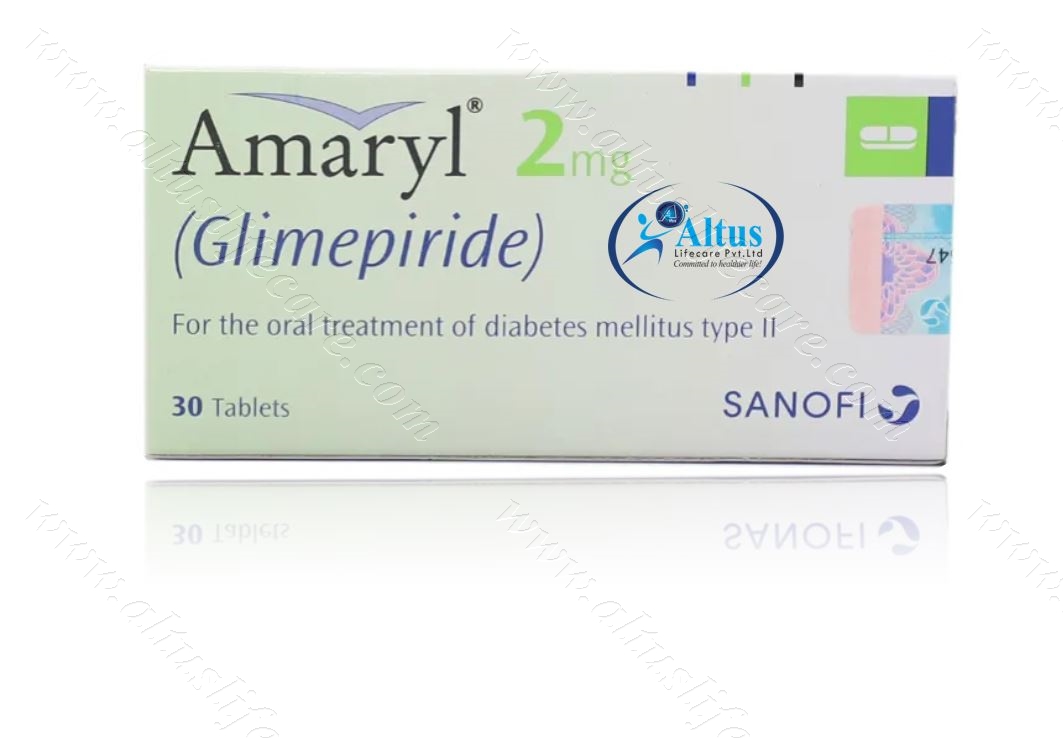


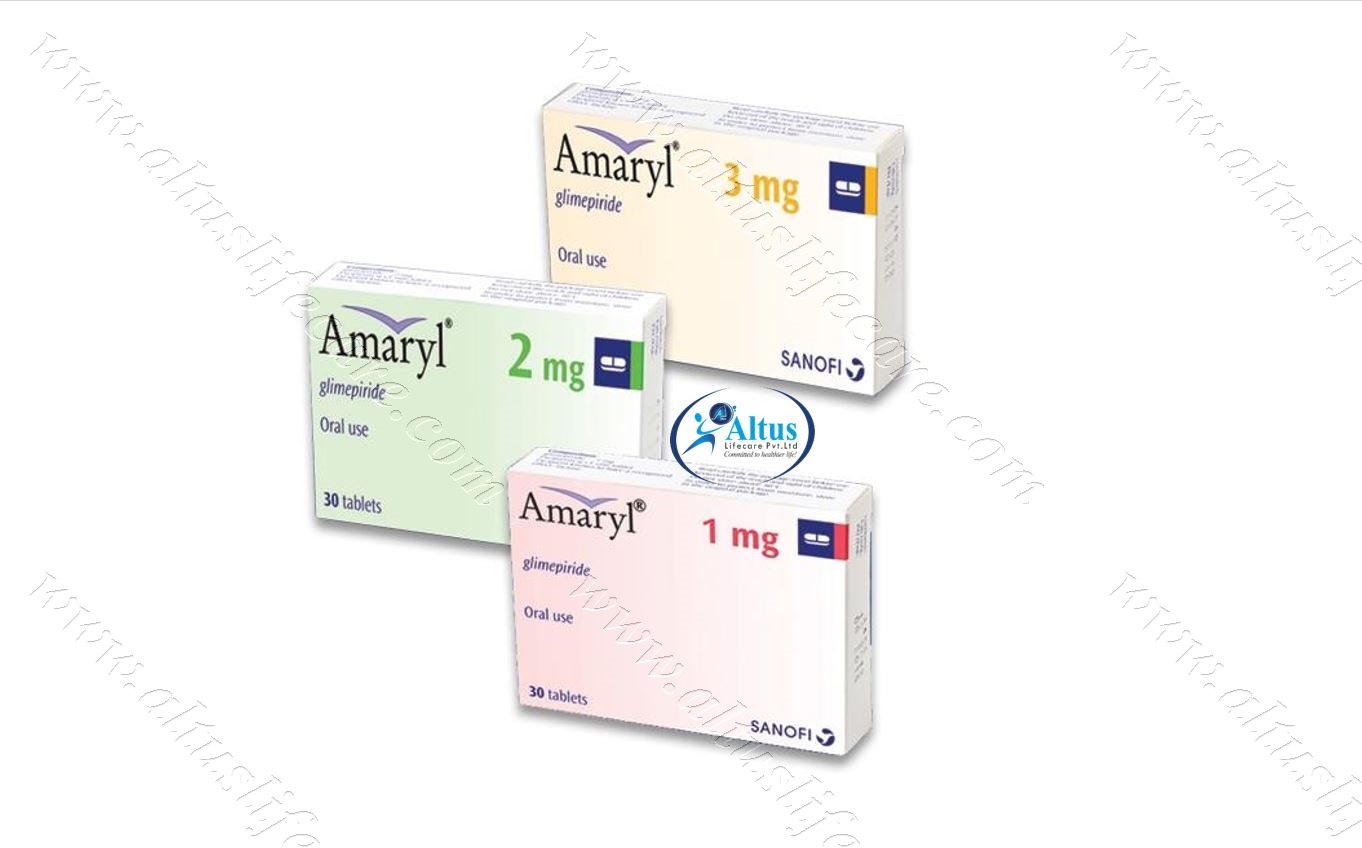




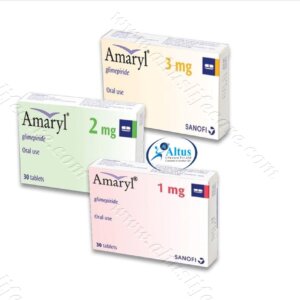





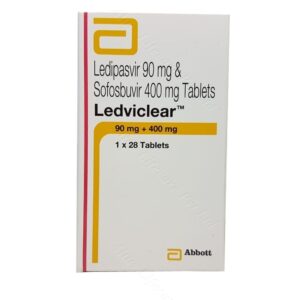



Erin (verified owner) –
“The shipping was quick, and the product quality is beyond compare!”
Austyn (verified owner) –
“The attention to detail in both the product quality and packaging is remarkable. It arrived in perfect condition!”
Regina (verified owner) –
Type 2 diabetes has encouraged me to explore alternative forms of exercise, finding activities that align with my interests and preferences.